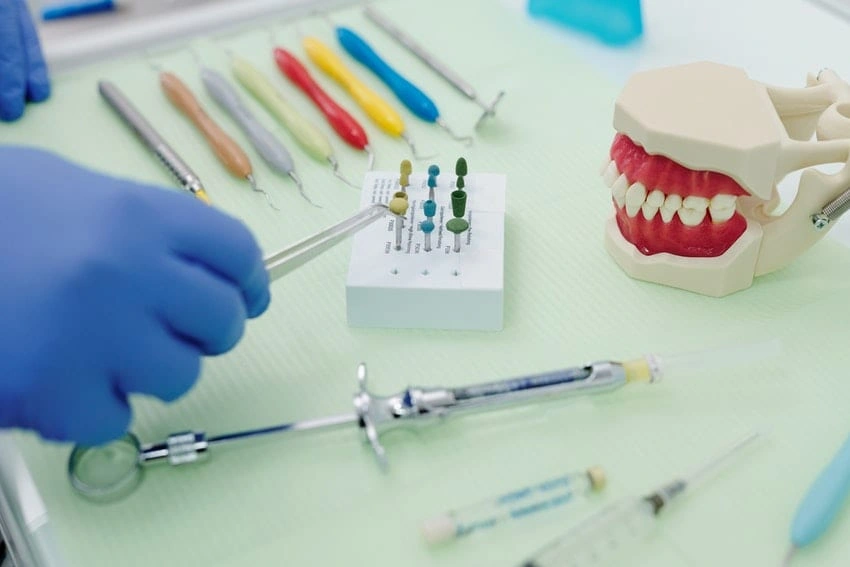In today’s fast-paced business environment, design firms are under constant pressure to deliver high-quality work in a timely and efficient manner. However, achieving these goals can be challenging, especially for small or medium-sized businesses with limited resources and manpower. One solution that has proven effective in addressing these challenges is the use of software solutions.
Software solutions have become an integral part of the design industry, providing designers with the tools they need to streamline their workflow, improve the quality of their work, and meet the demands of clients. From project management software to 3D modeling tools, there are a variety of software solutions available that can help design businesses of all sizes achieve their goals. In this article, we will explore how software solutions can propel your design business forward, allowing you to achieve greater success and profitability in today’s competitive marketplace.
Streamlining Your Workflow with Software Solutions
Efficient workflow optimization is achievable through the integration of technology, resulting in a streamlined and productive design process. Collaboration benefits and cost effectiveness are just two of the advantages that software solutions bring to the table. By knowing how orthodontic software can improve your practice, designers can easily share files, communicate, and work together on projects, leading to faster and more efficient completion times.
Software solutions also help to reduce costs by minimizing the need for physical materials, such as paper, pens, and other supplies. Additionally, they can save time by automating repetitive tasks and allowing designers to focus on more creative and complex work. By leveraging these benefits, designers can improve the quality of their work and provide better value to their clients. Without a doubt, software solutions are an essential tool for any design business looking to stay ahead of the competition.

Improving the Quality of Your Work with Software
Enhancing the caliber of one’s output can be achieved through the judicious utilization of advanced technological tools, paving the way for greater success in the realm of design. By adopting software solutions, designers can augment their creative capabilities and streamline their workflow, leading to improved quality of work. With the aid of software tools that offer advanced features such as 3D modeling, animation, and rendering, designers can explore new horizons, experiment with novel ideas, and produce cutting-edge designs that captivate their clients. Moreover, software solutions can increase efficiency by automating repetitive tasks, reducing errors, and enabling faster iterations. This not only saves valuable time but also enhances the precision and accuracy of the output. In conclusion, incorporating software solutions into design businesses can enhance creativity, improve efficiency, and produce works of exceptional quality, thereby meeting the demands of clients with ease.
Meeting the Demands of Clients with Software Tools
The utilization of advanced technological tools in design, particularly with regards to client demands, has become increasingly necessary. In order to meet the unique needs of clients, designers must customize their software solutions to create tailored solutions. This not only improves the quality of work but also enhances the client experience, leading to more satisfied and loyal customers. Collaborating with clients through software platforms is also essential in the modern design industry. It allows for real-time communication and feedback, enabling designers to quickly make adjustments and ensure the client’s vision is being met. By utilizing these software tools, designers can streamline their workflow and improve their overall efficiency. This not only leads to better outcomes for clients but also frees up time for designers to focus on more creative and innovative tasks. In the subsequent section, we will explore how automating repetitive tasks can further free up time for designers and enhance their productivity.
Automating Repetitive Tasks to Free Up Your Time
Maximizing productivity in the design industry can be achieved through the automation of repetitive tasks, allowing designers to focus on more creative and complex tasks, such as developing new design concepts or refining existing ones. This approach has been proven by a hypothetical scenario where a design agency was able to increase its output by 20% after implementing automation in their workflow. By reducing errors and increasing productivity, automating tasks in design not only frees up designers’ time but also improves the quality of their work. In addition, simplifying collaboration by using software to improve communication with team members enhances the overall efficiency of the project. The benefits of automation are numerous, and it is essential for design businesses to adopt software solutions that can help them achieve their goals and stay competitive in the industry.
Conclusion
The use of software solutions in the design business has been found to be highly beneficial in streamlining workflow, improving the quality of work, meeting client demands, and automating repetitive tasks. By incorporating software tools into their design process, businesses can optimize their workflow and reduce the amount of time spent on non-essential tasks. This allows designers to focus on the creative aspects of their work and produce high-quality designs that meet the unique needs of their clients.
In addition to enhancing workflow and productivity, software solutions can also help businesses meet the ever-increasing demands of clients. With the ability to quickly and efficiently create custom designs and prototypes, designers can keep up with the fast-paced nature of the industry and deliver projects on time and within budget. By automating repetitive tasks, designers can also free up their time to focus on more complex and high-value projects, further improving the overall quality of their work.
You may also like to read:
How Carpal Tunnel Surgery Helps Designers Thrive

